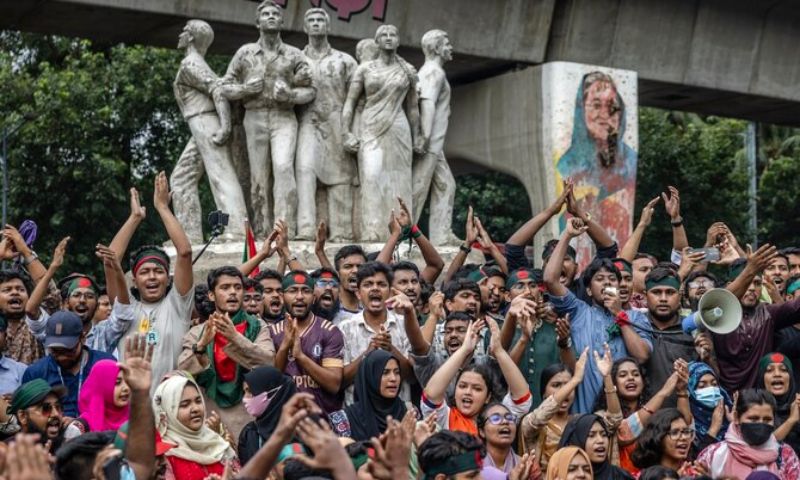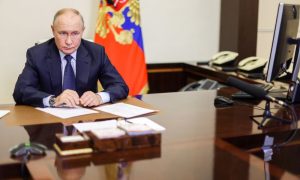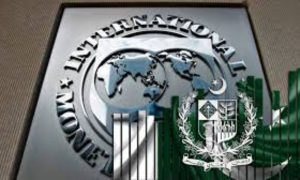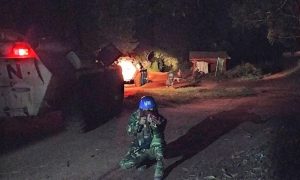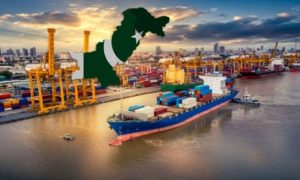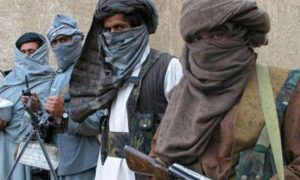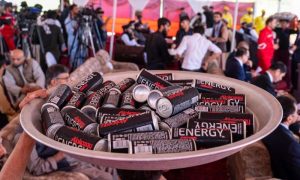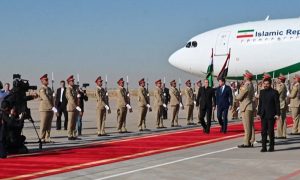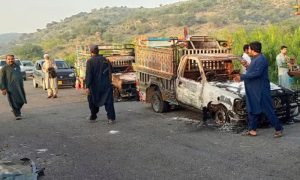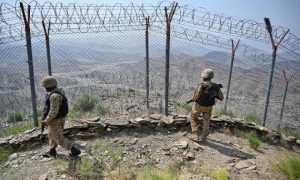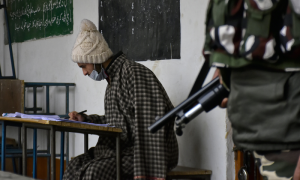DHAKA: UN investigators have arrived in Dhaka to begin an investigation into the hundreds of deaths resulting from recent student-led protests in Bangladesh, which ultimately led to the resignation of the country’s longtime Prime Minister.
The protests, initially peaceful, began in early July following the reinstatement of a quota system for civil service positions. The demonstrations escalated two weeks later into violent clashes with security forces, accompanied by a communications blackout.
In early August, as protesters defied curfew rules and stormed government buildings, former Prime Minister Sheikh Hasina resigned and fled the country after 15 years in power. The interim government, now led by Nobel laureate Muhammad Yunus, has pledged full cooperation with the UN High Commissioner for Human Rights (OHCHR) to ensure justice and accountability for the violence that occurred during the protests.
Rory Mungoven, OHCHR’s chief for the Asia Pacific region, is leading the three-member team. Upon arrival, the team met with Foreign Secretary Masud Bin Momen for preliminary discussions. Mungoven described the visit as exploratory, aimed at engaging with various sectors of Bangladeshi society—including government officials, advisors, ministries, and civil society—to understand priorities and explore potential areas of assistance, including fact-finding and investigation.
Mungoven emphasized High Commissioner Volker Turk’s admiration for the courage of Bangladesh’s youth and the historic opportunity for the country to restore democracy and advance human rights.
The OHCHR’s preliminary analysis, published on August 16, indicates “strong indications” that security forces used “unnecessary and disproportionate force” during the protests. The report details allegations of extrajudicial killings, arbitrary arrests, enforced disappearances, torture, and severe restrictions on freedoms of expression and assembly.
From July 16 to August 11, over 600 deaths were reported, with thousands more injured. The report suggests that these figures likely understate the true scale of the violence. The majority of casualties were attributed to security forces and student affiliates of the then-ruling Awami League party, with fatalities resulting from the use of live ammunition and other force against unarmed or lightly armed protesters, including at least four journalists and 32 children.
Student demonstrators, who bore the brunt of the violence, are calling for a thorough investigation. Umama Fatema, coordinator of Students Against Discrimination, expressed hope for a comprehensive investigation and detailed report on the tragedy.
“We want a proper investigation,” Fatema told Arab News. “We sought intervention from the International Criminal Court and the UN from the start. We need a thorough report on the massacre in Bangladesh.”









